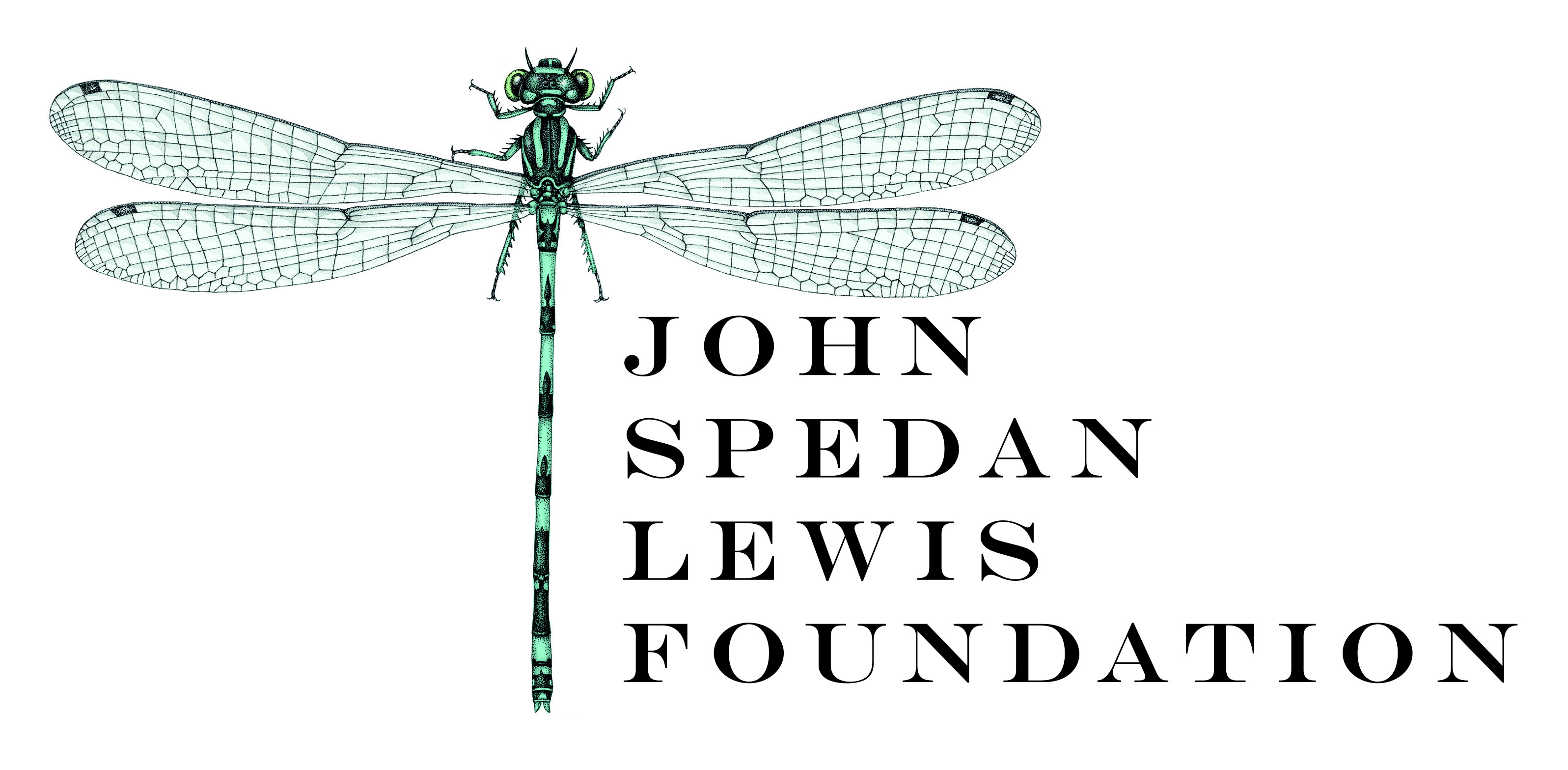Buddleja delavayi
Sponsor
Kindly sponsored by
The John Spedan Lewis Foundation

Credits
Andrew Large (2021)
Recommended citation
Large, A.T. (2021), 'Buddleja delavayi' from the website Trees and Shrubs Online (treesandshrubsonline.
Genus
Synonyms
- Buddleja delavayi var. tomentosa Comber
- Buddleja glabrescens W.W. Smith
- Buddleja heliophila W.W. Smith
- Buddleja heliophila var. adenophora Handel-Mazzetti
- Buddleja heliophila var. angustifolia Marquand
- Buddleja heliophila var. pubescens Marquand
Other taxa in genus
- Buddleja albiflora
- Buddleja alternifolia
- Buddleja araucana
- Buddleja asiatica
- Buddleja auriculata
- Buddleja caryopteridifolia
- Buddleja colvilei
- Buddleja cordata
- Buddleja crispa
- Buddleja crispa × lindleyana
- Buddleja curviflora
- Buddleja davidii
- Buddleja fallowiana
- Buddleja fallowiana × davidii
- Buddleja FLUTTERBY™ Series
- Buddleja forrestii
- Buddleja globosa
- Buddleja glomerata
- Buddleja japonica
- Buddleja lindleyana
- Buddleja LO AND BEHOLD® Series
- Buddleja longiflora
- Buddleja loricata
- Buddleja × luteolufaucia
- Buddleja macrostachya
- Buddleja marrubiifolia
- Buddleja megalocephala
- Buddleja 'Miss Ruby'
- Buddleja 'Morning Mist'
- Buddleja myriantha
- Buddleja New Dwarf Hybrids
- Buddleja nivea
- Buddleja officinalis
- Buddleja 'Orange Sceptre'
- Buddleja paniculata
- Buddleja × pikei
- Buddleja 'Pink Delight'
- Buddleja saligna
- Buddleja 'Salmon Spheres'
- Buddleja salviifolia
- Buddleja 'Silver Frost'
- Buddleja speciosissima
- Buddleja 'Summer Beauty'
- Buddleja virgata
- Buddleja × wardii
- Buddleja × weyeriana
- Buddleja × weyeriana Hybrids
- Buddleja 'Winter Sun'
Shrub or small tree, 1–6 m tall. Branches subterete, glabrous or stellate tomentose, soon glabrescent. Leaves opposite, sessile or with shortpetiole up to 5 mm, very variable in size; leaf blade ovate to very narrowly elliptic, 4–16 × 1.5–6.5 cm, both surfaces stellate tomentose to almost glabrous, lower surface often with some glandular hairs and with conspicuous lateral veins; base cuneate to decurrent, margin usually entire or repand-dentate, apex acuminate. Inflorescences terminal and axillary, paniculate cymes, 4–12 × 3–7 cm, fragrant; peduncle stellate tomentose. Calyx campanulate, 2.5–5 mm; lobes triangular, 0.5–1.5 mm, outside stellate tomentose or glabrous, apex acuminate. Corolla rose pink to lavender with a rose-orange throat, 13–16 mm, tube cylindrical or nearly so, 2–4 × as long as the calyx; outside sparsely to densely stellate tomentose and often with some glandular hairs; tube 10–13.5 × 1.5–2 mm, inside with a few scattered glandular hairs or pilose zone from base of the stigma to the throat; lobes suborbicular, 2–4.5 mm, inside glabrous. Stamens included, 5.5–5 mm below the corolla mouth; anther sessile or subsessile, ovate to triangular, 1.5–2 mm. Pistil 4.5–5mm long, ovary ovoid, 1.5–2 mm, glabrous or stellate tomentose; style short; stigma clavate. Capsules ellipsoid, 4–10 × 2–4 mm, glabrous or partially stellate tomentose. Seeds narrowly elliptic, 2 × 0.5 × 0.3 mm, winged all around, reticulate; grain ellipsoid. (Leeuwenberg 1979; Li & Leeuwenberg 1996).
Distribution China Xizang, Yunnan.
Habitat Thickets, along trails and forest edges in mountain valleys, 2000–3000 m asl.
USDA Hardiness Zone 8-9
RHS Hardiness Rating H4
Conservation status Not evaluated (NE)
Taxonomic note Leeuwenberg (1979) sunk several species into B. delavayi. Specimens may have glabrous or stellate tomentose ovaries, and the corolla indumentum is independently variable, but comparative studies show all belong to a single species for which B. delavayi is the correct name. However, B. heliophila is frequently still labelled with its previous designation (Stuart 2006).
Named for l’Abbé Delavay, the French missionary and plant collector, by François Gagnepain, Buddleja delavayi is a Chinese species that was introduced to cultivation by George Forrest in 1910, collected on the Tali Mountain Range (2000–2500 m elevation) above Dali, Yunnan (Bean 1976). B. delavayi is a spring flowering species, typically flowering April-May in the UK. It is of special interest because it may occasionally re-bloom in the autumn. The spring inflorescences are small, 6 cm long or less, and frequently emerge from axillary buds formed the previous season and held dormant over the winter, protected from frost by small dry brown scales unique for the genus. The flowers open as the new season’s foliage begins to develop. Where the inflorescences occur in autumn they are larger, up to 25 cm long, and appear on lateral branches of the current season’s growth; a long season and mild autumn are required for these later blooms to be produced (Cotton 1947).
The showy flowers are a delicate shell-pink and have a particularly fine rose-and-honey scent. The elliptic leaves are smaller than average for the genus; the undersides are covered in a delicate tan-coloured indumentum while the upper surface is galbrous. This deciduous species is not entirely hardy and may require additional shelter, as well as a well-drained soil. As the spring flower-buds form on the previous autumn’s growth, hard frosts may inhibit flowering (Stuart 2006).

